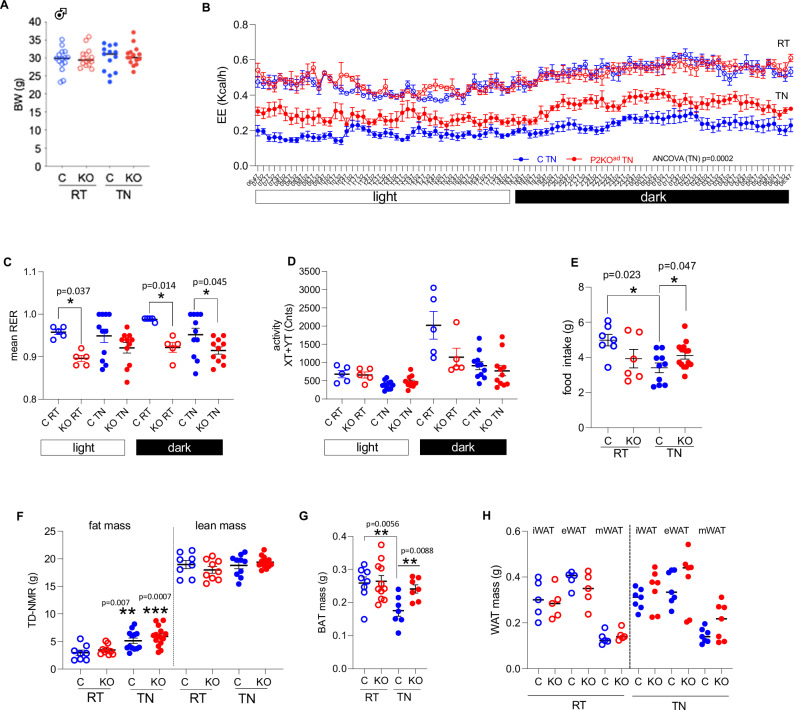Fig. 1. Adipose-Phd2 deletion in male mice sustains higher energy expenditure at thermoneutrality.
A P2KOad (KO, red) mice housed at RT (21 °C, n = 15) or acutely switched to TN (28–29 °C, 7 days) sustain similar body weight (BW) to control (C, blue, n = 13) littermates. B P2KOad mice have higher energy expenditure (EE) at TN (n = 6/group) and C lower respiratory exchange ratio (RER, RT: n = 5/group; TN: n = 11/group). D Similar activity levels in both genotypes (RT: n = 5/group; TN: n = 11/group). E KO (RT: n = 6; TN: n = 14) eat more than C (RT: n = 7; TN: n = 14) mice at TN. F Despite similar fat and lean mass in both genotypes measured by time-domain (TD) NMR (RT: n = 8/group; TN control: n = 10; TN KO: n = 11), G P2KOad mice have bigger BAT mass (C RT: n = 8; KO RT: n = 11; C TN: n = 7; KO TN: n = 7) but H similar WAT mass (RT: n = 5/group; TN: n = 7/group), biological replicates. Data are presented as mean + /− SEM. *P < 0.05, **P < 0.01 by Student t test (two-tailed). For EE, ANCOVA was performed with BW as covariance. Source data are provided as a Source Data file.

